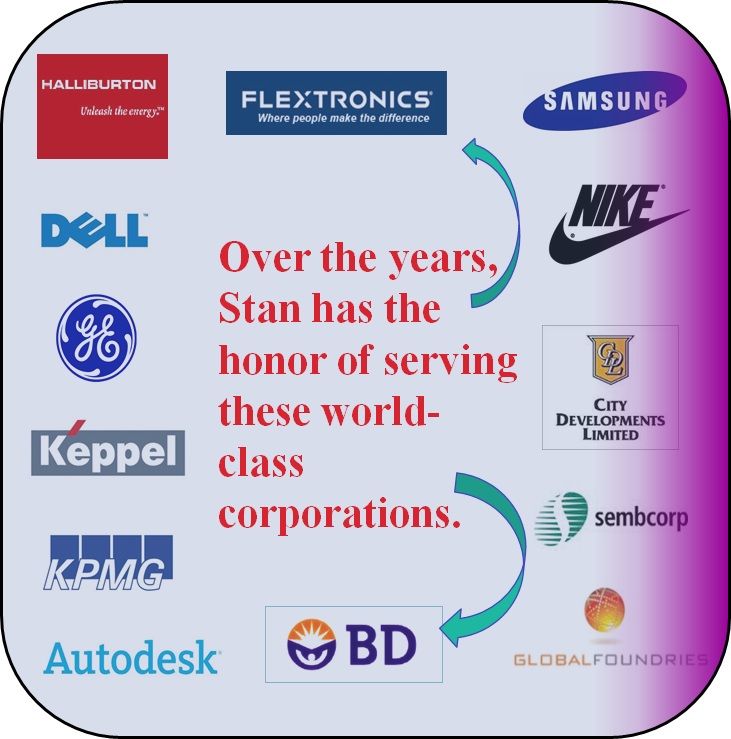Team-Building Tips for Managers

Positive office dynamics add great strength to a business, while strained ones create strife. As a manager, you simply can't afford to leave such an important aspect of the company to chance.
There are many ways for managers to bring a team together and foster its ability to work together as a whole. These 10 tips can help unite even the most disparate group of people.
There are many ways for managers to bring a team together and foster its ability to work together as a whole. These 10 tips can help unite even the most disparate group of people.
Communicate goals clearly.
Employees look to management for basic company goals. When those goals are not clear, disagreements will erupt as employees try to define goals themselves. By clearly laying out goals, everyone begins in the same place and understands where the business is going.Define responsibilities.
Offices run best when everyone clearly understands their responsibilities. Provide each employee with a distinct definition of his or her own responsibilities, both individually and as it relates to group projects. This eliminates confusion over who is accountable for what, and allows employees to relate without struggling over responsibilities.
Provide equal training.
Make sure that each member of your staff is trained and equipped to complete the tasks at hand; divisions surface when one member is unable to perform necessary duties. Provide ongoing training — if additional time is needed, pair two employees to learn from each other. Make sure, though, that it's an equal teaching relationship, where both employees are gaining new skills.
Encourage relationships.
Most offices are busy places with many demanding deadlines. But allowing employees an occasional extended lunch to go out together and relax outside of the work environment can build understanding that will transfer back into the office and improve working relationships.
Empower.
Give decision-making power to the people working on the project. Give them the authority necessary to get their jobs done, but observe the process to make sure they're rising to the challenge. Trusted employees can make decisions without fearing consequences, and good employees will value that trust and seek to make the best decisions.
Provide feedback.
Don’t make a group second-guess your opinion of its work. Be clear not only in your initial expectations and assignments, but also in your opinion of the work. Open and frequent communication, where employees are clear on where they stand, will help them feel more secure and willing to work together.
Reward.
Provide rewards to the office as a group. Whether it's an award, a luncheon, or some other treat, providing the whole office with an encouraging reward for hard work will build team spirit and bring your employees back in with renewed enthusiasm for their jobs.
Set reasonable deadlines.
Reasonable deadlines are often subjective, and timelines vary based on need. But you can build a spirit of teamwork by dividing assignments equally, providing compensation to employees who are working additional hours, and reworking less important deadlines to allow for a little more time.
Meet regularly.
The best way to understand your employees and to let them know they're not alone is to meet regularly with them. Whether it’s a monthly lunch meeting or an organized meeting with specific agenda items, it's critical to keep the lines of communication open. This allows you to gauge not only their needs and productivity, but will also help you assess any team-building concerns that need to be addressed.

Discourage “backdoor” reports.
Inevitably, there will be at least one employee who will attempt to report to you after every meeting — giving a play-by-play slanted in his or her favor. Don't encourage this behavior, and resist the temptation to use this employee as a fly on the wall. Backdoor tactics can severely undermine an otherwise positive office environment.
Building a team means creating a noncompetitive and encouraging work environment — the kind of environment that fosters positive working relationships. When employees feel valued and know that they don't have to vie against one another for recognition, they will be comfortable and confident in working together to achieve their common goal.





